7 Trendy Ingredients That Chefs Say Are Overrated
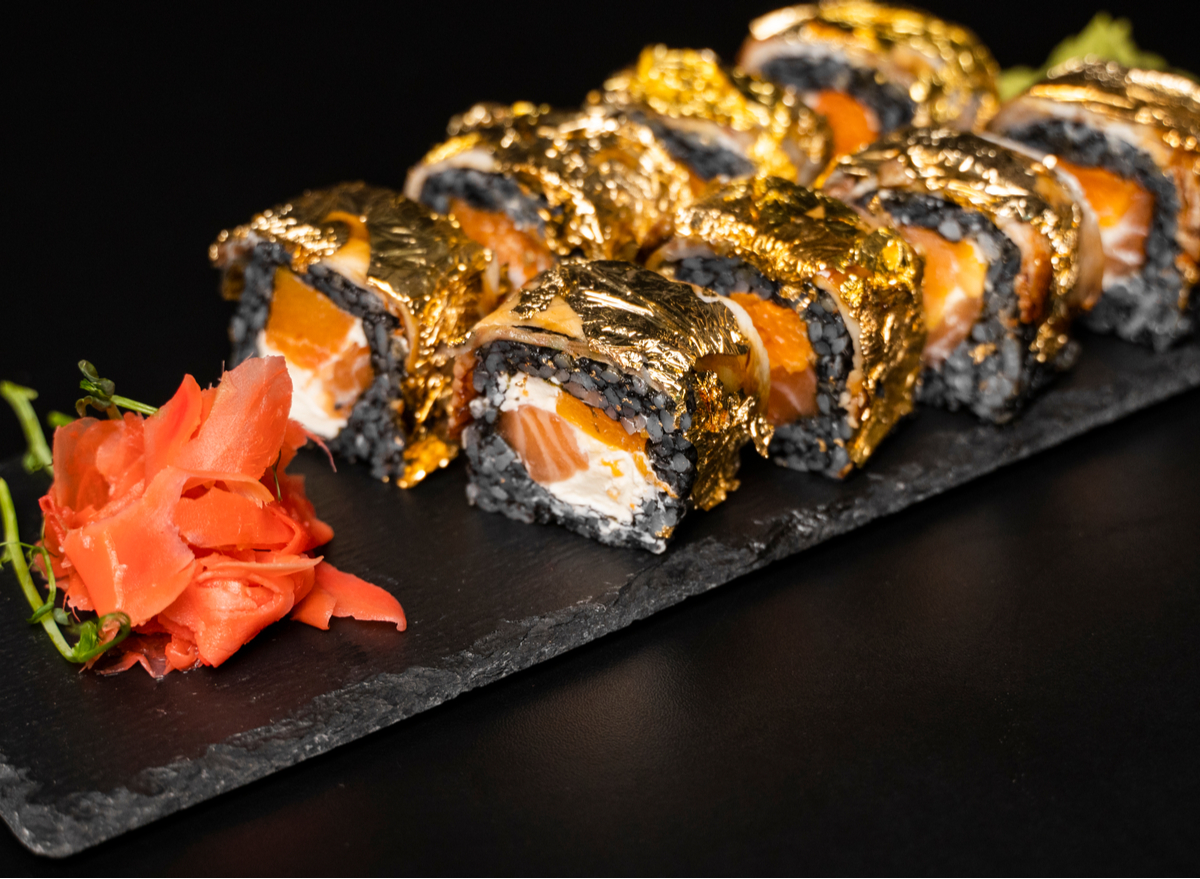
The internet is saturated with food trends that range from viral pasta dishes to innovative ice cream creations. Sometimes even individual ingredients become trendy and soon start appearing in every kind of dish and packaged product imaginable. All the hype, though, can eventually have the opposite effect, sparking outcries that these hugely promoted ingredients are overrated.
Whether you’re scanning a restaurant menu or perusing the grocery aisles, you’re bound to come across an item being heavily talked about online. But is it worth buying? With various narratives circulating about so many different foods, it can sometimes be challenging to decipher the exceptional ingredients from the overhyped ones.
While taste is subjective, it’s helpful to have a professional opinion about these foods and which ones don’t deserve the acclaim they often receive. Read on to discover seven trendy yet overrated ingredients, according to chefs.
Truffle Oil
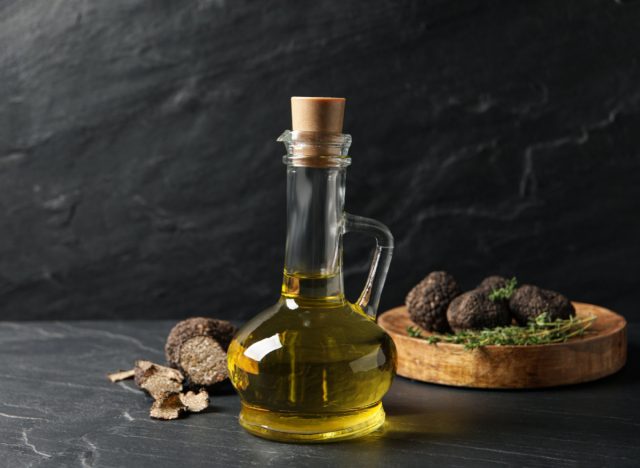
Truffle oil has exploded in popularity over the years, making an appearance in restaurant dishes ranging from french fries to risotto. Despite becoming increasingly common on menus, the infused oil also happens to be a polarizing ingredient in the culinary world.
“Truffle oil is disgusting and so overwhelming,” says Dave White, the celebrity chef from Bravo’s popular TV series “Below Deck Mediterranean.” White says the “overpowering” flavor is “an insult to fresh truffles.”
Donald Young, one of the youngest chefs to be awarded a Michelin star in the U.S., holds a similar opinion. “I think truffle oil has been and still is overrated,” says the executive chef at Duck Sel, an experiential dining concept in Chicago. “I personally do not like the taste of truffle oil, but for some reason, people love it when it’s put into their mac and cheese and mayo for french fries. It’s never like the real thing.”
Additionally, most truffle oils aren’t even made with actual truffles, as noted by The New York Times back in 2007. Instead, they are made with synthetic ingredients, namely 2,4-dithiapentane, which mimics the flavor of real truffles.
Edible Gold Leaf
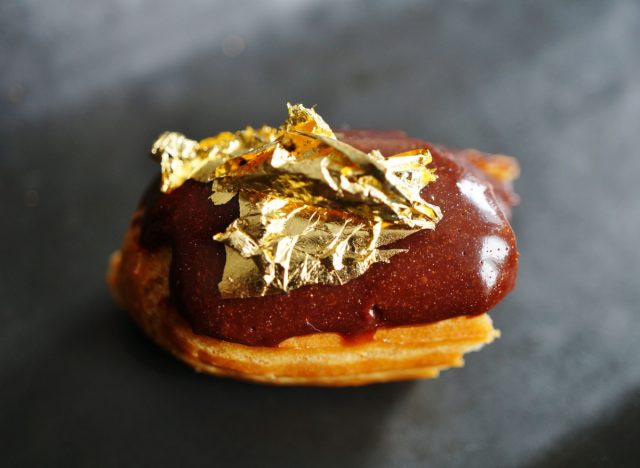
While scrolling through your social media feed, you’ve likely come across an image of food accessorized with flakes of gold. This flashy, flavorless ingredient, also known as edible gold leaf, is typically used to garnish desserts, but it has also made its way into the savory world, adorning burgers, grilled cheese, and sushi. Although edible gold leaf can enhance a dish’s appearance, not everyone thinks it’s worth the splurge.
“There have been maybe one or two things I have seen that I thought the edible gold leaf was actually done well and served a really cool purpose,” Young says. “However, it adds nothing to the dish other than an expensive garnish for flare.”
Microgreens
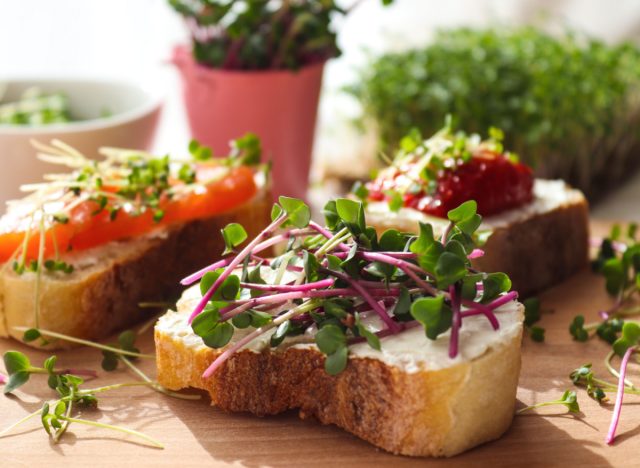
Frequently used to top salads, soups, pizza, and avocado toast, microgreens not only provide dishes with a vibrant pop of color but they also offer additional health benefits. However, the overuse of these greens isn’t welcomed by everyone.
“It’s a lay-up ingredient to give your dish color, but more often than not, they don’t do much for flavor and are more of an afterthought add-on rather than something that intentionally completes the dish,” says Bin Lu, executive chef at Washington, Va.-based Blue Rock.
Tinned Fish
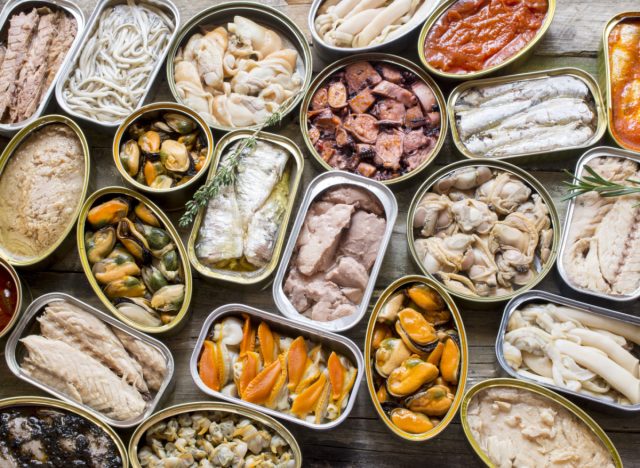
Since last summer, social media users have been sharing charcuterie-style boards featuring tinned fish with various accouterments like bread, cheese, crackers, olives, and fruit. While countless people have jumped on the trend to showcase creative ways to eat tinned fish, not everyone is on board with it.
“Let’s call it what it is: canned tuna, canned sardines, etc. with a cute new package,” says Morgan Jarrett, executive chef at New York City’s State Grill & Bar. “Gross. Lazy chefs, small kitchens, I get it. But this chef will pass.”
Cauliflower
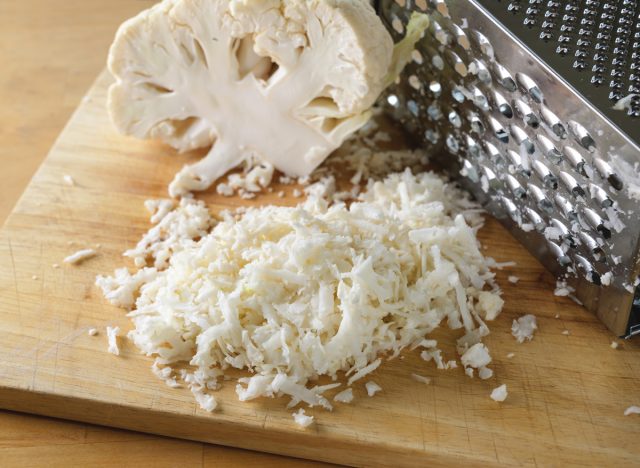
From rice and pizza to gnocchi and mashed “potatoes,” cauliflower has become the ultimate shape-shifter, frequently celebrated for being a low-carb ingredient substitute. While the vegetable has many loyal fans, Jarrett isn’t one of them.
“Yeah, I know it’s been around for a while, but it’s not going anywhere and god, am I bored with it. Aren’t you? The glorification? Low-carb? Are we still doing that?” she says.
Oat Milk
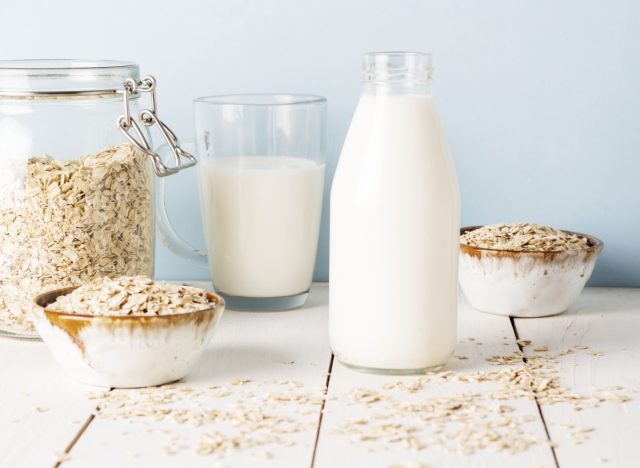
It’s no secret that oat milk has been dominating the non-dairy market, as the oat-based beverage is currently the second highest-selling plant-based milk in the United States. “The advertisements are slick, funny, all over Times Square, north to south, it’s everywhere,” Jarrett says.
While the chef initially supported the oat milk trend because she was drawn to the idea of reducing carbon emissions by decreasing dairy consumption, she notes her disapproval of the unhealthy ingredients that can be found in many oat milk products.
Jarrett points out that many of these products are marketed “using imagery that emotes purity of ingredients,” yet they include “a laundry list of surprises,” which she describes as “dishonest.” Says Jarrett, “I was almost embarrassed to find after several years of using these products that the second ingredient is rapeseed oil, a highly processed omega-6 polyunsaturated fat that is considered inflammatory.”
The chef adds that although it’s difficult to avoid oils in everyday cooking, these ingredients can be avoided in beverage choices.
Quinoa
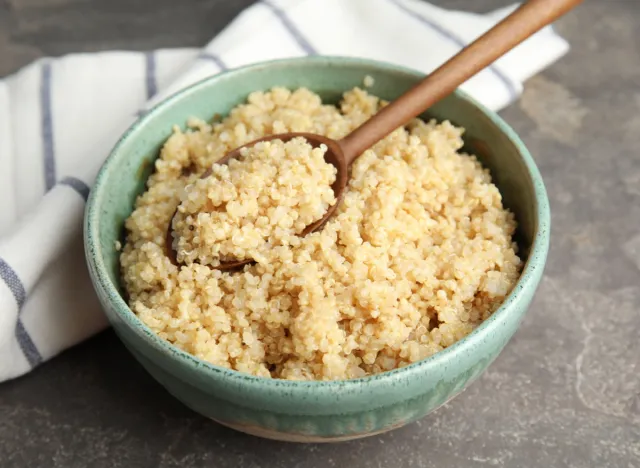
Whether mixed into salads, added to soups, or stuffed into peppers, quinoa can be used in numerous dishes. The popular whole grain is also praised for being nutrient-dense, often dubbed a “superfood.” Despite its status in the health world, it’s not so “super” for everyone.
“Though hailed for its health benefits, quinoa is often incorrectly prepared, leading to a mushy texture,” says Norah Clark, pastry chef and founder of YummyTasteFood. “Other grains, like farro or buckwheat, can offer similar nutritional value with more versatility in taste and texture.”









